If you’ve ever dreamt of ancient sages, floating clouds, and misty mountain temples, you might be secretly drawn to Taoism—one of China’s most enchanting spiritual traditions. Rooted in nature, simplicity, and balance, Taoism (or Daoism) is more than a religion; it’s a way of seeing the world. And what better way to experience it than by wandering through China’s most famous Taoist sacred mountains?

Let’s take a soft little stroll through the origins of Taoism, the culture that surrounds it, and the peaceful places where its spirit still lingers.
What is Taoism?
Taoism, or Daoism, comes from the word “Dao” (道), meaning “the Way.” It’s one of the oldest spiritual philosophies in China, dating back over 2,000 years. The legendary philosopher Laozi (Lao Tzu), credited with writing the Tao Te Ching, is considered the founder of Taoism. His ideas were simple yet profound: live in harmony with the Tao, follow nature’s rhythm, and let go of control.
Taoism teaches that everything in the universe is connected through an invisible current called the Tao. It embraces yin and yang, wu wei (non-action), immortality, and a reverence for the natural world. This philosophy has deeply influenced Chinese medicine, martial arts, feng shui, art, and, of course, architecture and religious practice.
Taoist Temples and Sacred Mountains
Taoism is a mountain-loving tradition. Many of its temples were built on peaks where the air is pure, the scenery is dreamy, and the spiritual energy—called qi—is believed to flow freely. Let’s visit some of the most important Taoist destinations in China.
Wudang Mountains (Hubei)
The Wudang Mountains are perhaps the most iconic Taoist site in China. Located in Hubei Province, this UNESCO World Heritage Site is known for its majestic temples, quiet courtyards, and mist-draped trails. It’s also the legendary birthplace of Wudang martial arts, a soft, internal style closely tied to Taoist philosophy.
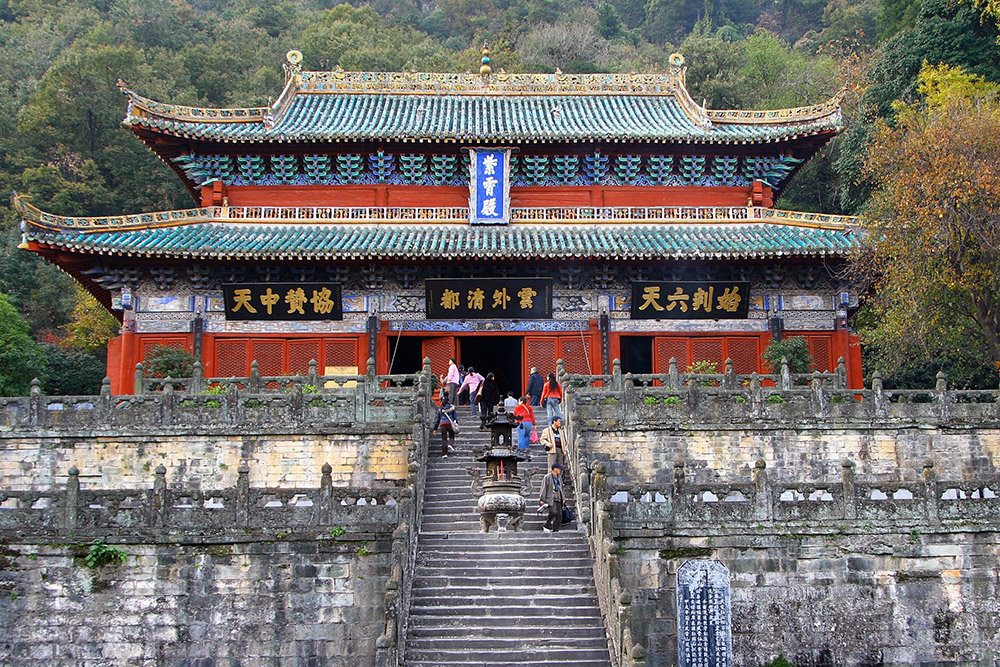
Here, you’ll find the Golden Hall atop Tianzhu Peak, a copper shrine that has survived since the Ming Dynasty, and the Purple Cloud Palace, which sits elegantly among the forested hills. Pilgrims and tourists alike come here to feel the calm energy and admire the ancient stone paths winding through pine trees and clouds.
Mount Qingcheng (Sichuan)
Just outside Chengdu in Sichuan Province lies Mount Qingcheng, a lush and poetic mountain known as the birthplace of religious Taoism. It’s where the philosopher Zhang Daoling established the Way of the Celestial Masters during the Eastern Han Dynasty.
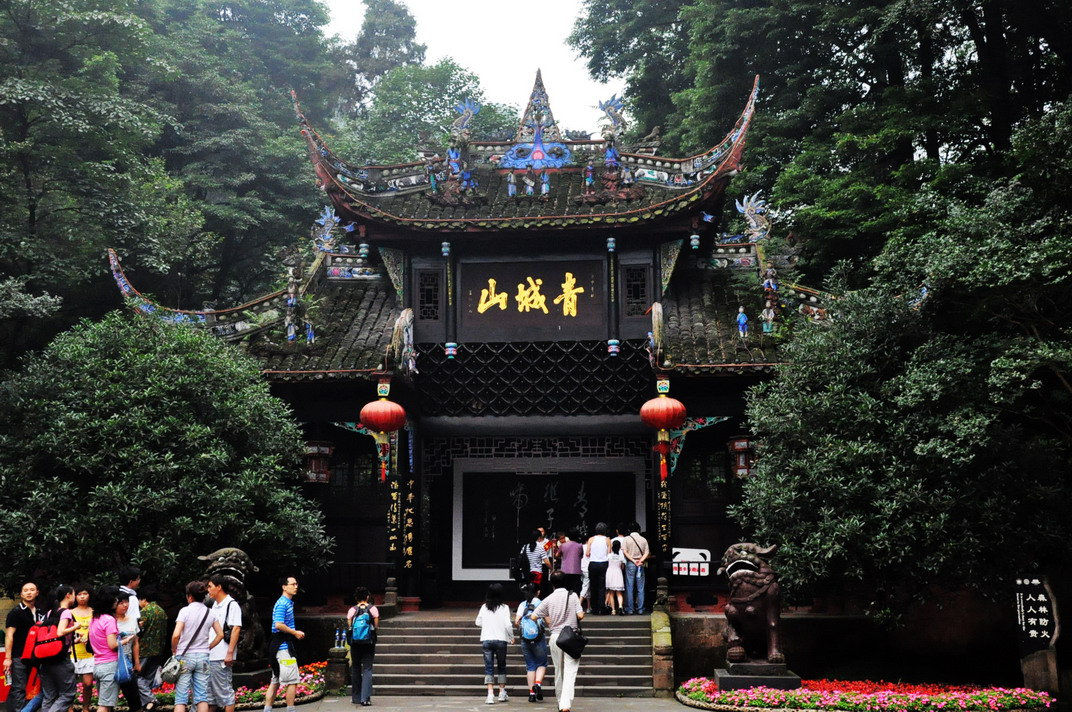
This gentle mountain is ideal for slow hikes, meditation, and temple hopping. Don’t miss the Shangqing Palace or Tianshi Cave, which are both nestled among bamboo groves and mossy stones. Qingcheng is a soft and misty place, perfect for anyone seeking quiet reflections.
Mount Lao (Shandong)
Facing the Yellow Sea in Shandong Province, Mount Lao (Laoshan) is known for its ocean views and its deep Taoist roots. This coastal sacred mountain was once home to Xu Fu, a court sorcerer of the Qin Dynasty, who is said to have set sail from here in search of the elixir of life.
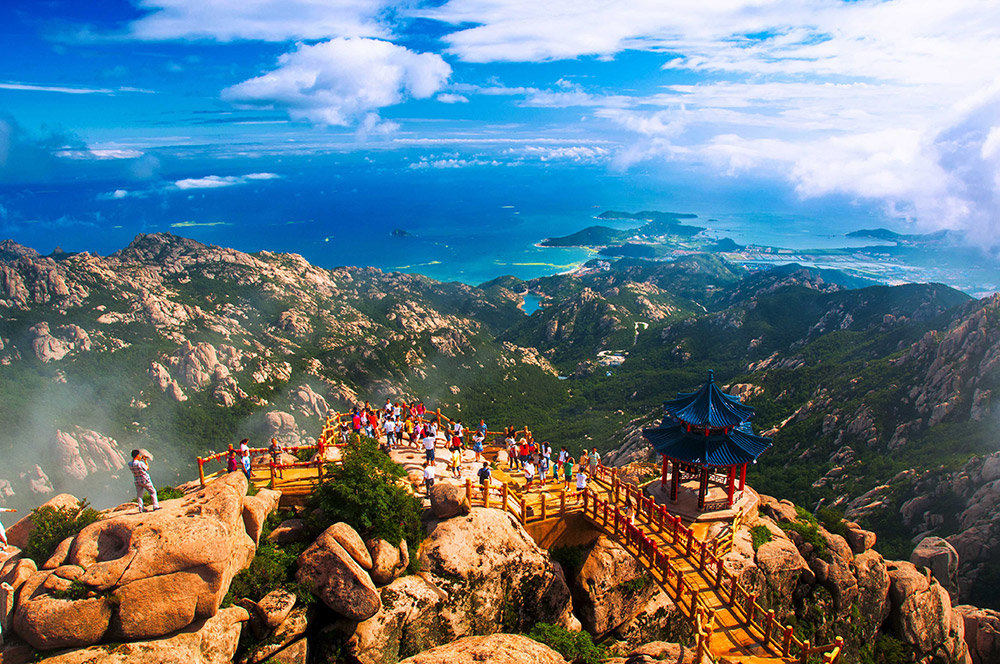
Laoshan is dotted with ancient temples such as the Taiqing Palace, one of the oldest Taoist temples in China. The mountain is also rich in herbal lore, with Taoist priests here having practiced alchemy and medicine for centuries.
Mount Heng (Hunan)
Southern China’s Mount Heng (Hengshan) in Hunan Province is another of Taoism’s Five Great Sacred Mountains. Often called the “Mountain of Longevity,” it is both a Taoist and Buddhist site, with temples shared between traditions.
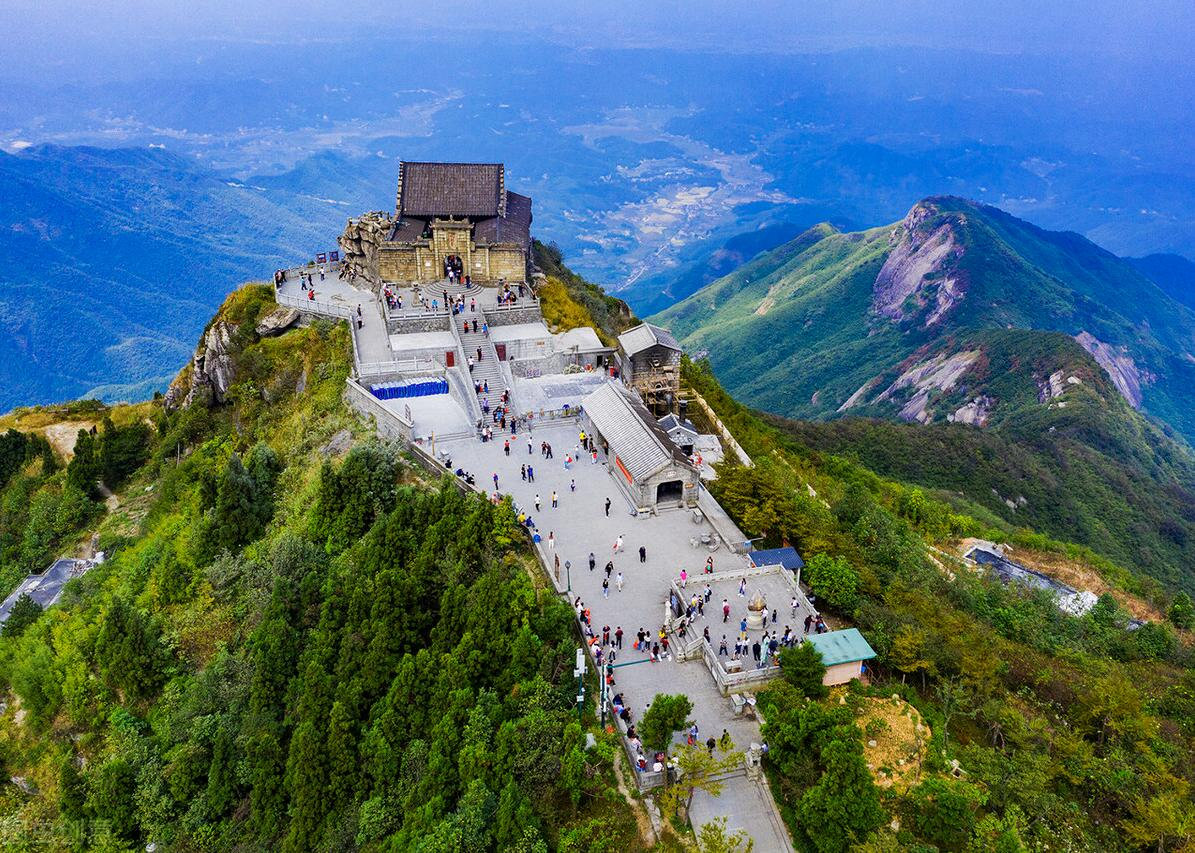
Climb its 1,300 peaks and you’ll discover the Zhurong Temple, built in honor of the fire god, and the Grand Temple of Mount Heng, which is one of the largest ancient temple complexes in southern China.
Mount Longhu (Jiangxi)
Mount Longhu, or Dragon and Tiger Mountain, is said to be where Taoist founder Zhang Daoling achieved enlightenment and practiced alchemy. Located in Jiangxi Province, it’s famous for its Danxia landforms—red sandstone cliffs shaped like dragons and tigers.
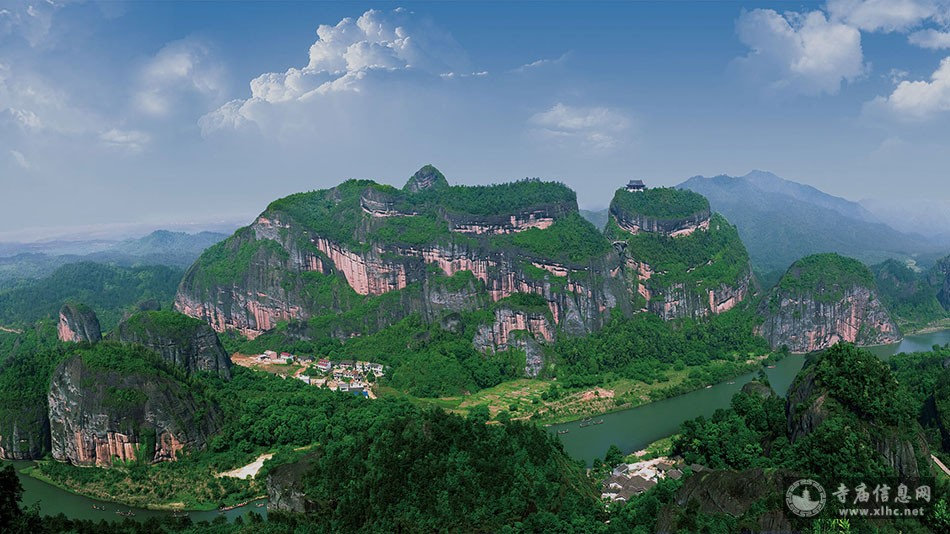
This mountain features cliff tombs, tranquil temples, and boat rides along the Luxi River. It’s also the center of Tianshi Taoism, a living tradition still practiced today. Every year, Taoist rituals and celebrations take place here, continuing centuries of spiritual legacy.
Taoist Festivals and Traditions
Visiting Taoist mountains is magical any time of year, but if you want to catch some lively culture, try visiting during major Taoist festivals:
- Birthday of Laozi (15th day of the second lunar month)
- Taoist Cultural Festival at Wudang or Longhu Mountain
- Ritual ceremonies at local temples, with music, incense, and symbolic dance
These festivals are a gentle but fascinating glimpse into Chinese folk religion and spiritual art.
Taoism and Modern Travel
Taoist sites are not just religious destinations—they’re also deeply cultural and naturally beautiful. Whether you’re interested in Chinese spirituality, sacred mountains, or simply want to enjoy peaceful landscapes filled with history and legend, these places offer something truly special.
And the best part? You don’t have to be a monk to visit. Just bring a sense of curiosity, a love for quiet trails, and maybe a thermos of tea.
Ready to walk the Way?
Taoism’s gentle spirit still lives in the mountains, rivers, temples, and skies of China. From Wudang to Longhu, each sacred site is a doorway into the past—and a peaceful pause in the present.
Contact us today to craft your dream China adventure!

